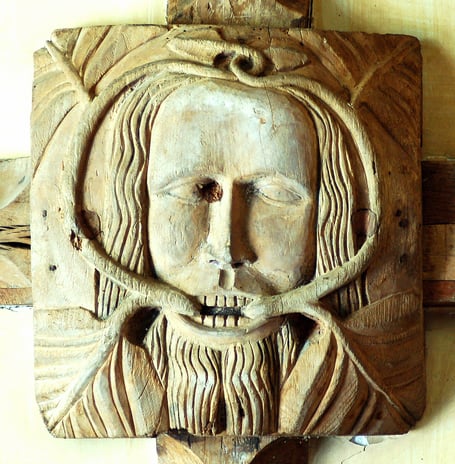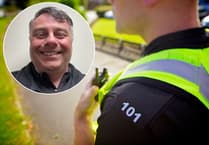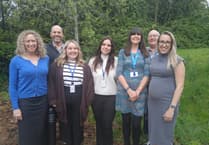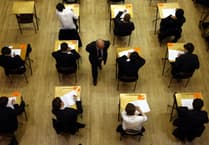Walking the lanes around Sampford Courtenay on a warm, sunny day in May, with wildflowers garlanding the hedges and birdsong in the air, an aura of peace and tranquility pervades, writes Dr Sue Andrew.
It is hard to imagine that the fields now occupied by ewes with their lambs, or filled with gently swaying wheat, were once the scene of a terrifying battle – the culmination of a rebellion in 1549 which pitched Devon men against foreign mercenaries and each other and resulted in the deaths of perhaps four thousand people or more.
Sampford Courtenay is marking the 475th anniversary of the so-called Prayer Book Rebellion, also known as the Western Rising, in a series of events over the summer.
On the afternoon of Friday, June 7 in Sampford Courtenay Village Hall, The Devonshire Association has organised an event with two speakers focusing on the reasons for the rebellion and its eventual terrible outcome.
Sampford Courtenay church and church house are key sites in the development of the conflict and I, Dr Sue Andrew, will be taking about their roles in the parish in the early sixteenth century, so before the radical changes to traditional religion which sparked the conflagration.
Although much altered since that time, by looking at hidden clues in these buildings, and survivals from elsewhere, it is possible to recreate a sense of how important both were to the wellbeing of the community.
The other speaker is Professor Mark Stoyle who is the author of a recent highly-acclaimed book: A Murderous Midsummer: The Western Rising of 1549.
Mark will explain how thousands of ordinary people in Devon and Cornwall refused to accept the religious reforms of the Protestant boy king Edward VI.
He will draw on new evidence to explore both the causes of the rebellion and its main events. Mark will also consider the dreadful consequences which ensued when the protestors were eventually crushed by a powerful royal army.
He will argue that the rising was the most catastrophic event to occur in Devon and Cornwall between the Black Death and the Civil War. After the talks, the church and church house will be open for visitors, with refreshments available in the village square.
There is no doubt that the rebellion was a defining and bloody moment in Devon’s history. On June 7, and later in the summer at a special church service on Sunday, August 18 in Sampford Courtenay church, the men and women whose lives were devastated in the fight for their faith and their communities will be remembered.
While it is difficult to imagine now that this beautiful part of Devon with its gently rolling pastoral landscape was ever the scene of such horror, the memory of those long and painful days in the summer of 1549 should never be forgotten.
For full details of all events of the commemoration of the Prayer Book Rebellion at Sampford Courtenay, see https://www.sampfordcourtenay-pc.gov.uk/node/802
There is also a Tudor Fete Day in the village on Saturday, June 8, a chance to dress up an enjoy specially brewed rebellion ale and cider.






Comments
This article has no comments yet. Be the first to leave a comment.